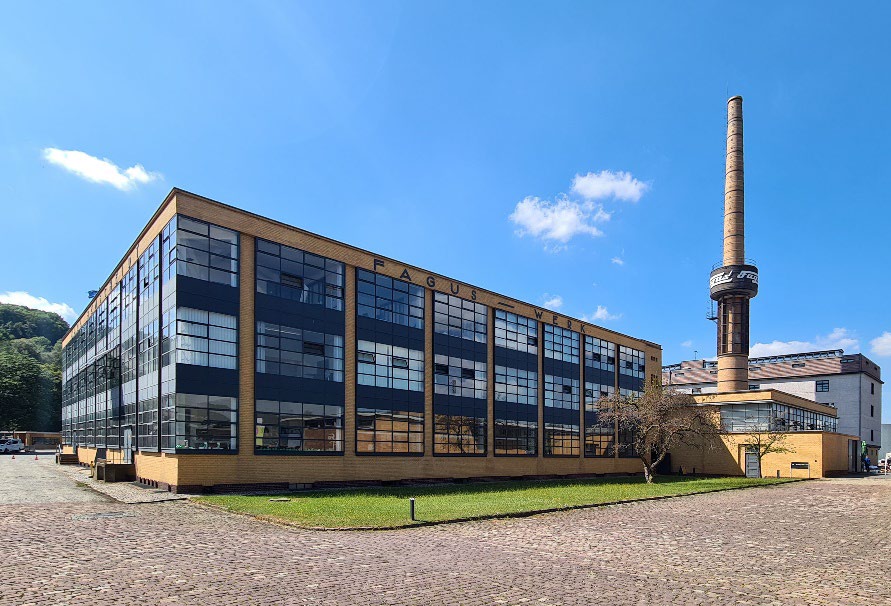Abstract
Glass surfaces are characteristic elements of façades and make a significant contribution to the authenticity of architectural monuments. Glass as a material is considered an important testimony of its time. Depending on the manufacturing process, it differs both in surface and material composition. The period of high modernism (ca. 1880-1970) overlapped with the technical developments of the industrial revolution, which led from manual production to industrial production. The further development of manufacturing processes as well as the dimensions and qualities of the glass thus shaped the development of glass constructions, which had to be made increasingly slimmer over time in order to guarantee a high degree of transparency. Today, historical windows are often replaced by new glazing made of float glass, which can cause the authentic character of buildings to be lost. A team working on the research project at the Technical University of Dresden and the University of Bamberg has therefore set itself the goal of examining in detail the glass and its construction in the period from around 1880 to around 1970. The aim is to define the living character of industrially manufactured glass from the time before the introduction of float glass as an authentic and style-defining feature of the period. The present work focuses on the chronological presentation of the development of glass designs. Furthermore, the development and use of refined flat glass is analysed and presented. This includes wired glass, laminated glass, thermally toughened glass, insulating glass and curved glass. The significance of historical glass constructions for engineers and planners can be derived from the results and the evaluation.
Published
Issue
Section
Architectural Design & Geometries
License
Copyright (c) 2022 Franziska Rehde, Maria Heinrich, Alexandra Schmölder, Katharina Lohr, Christian Louter

This work is licensed under a Creative Commons Attribution 4.0 International License.




